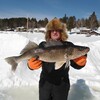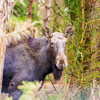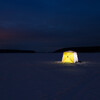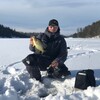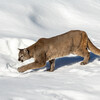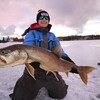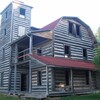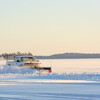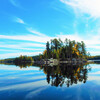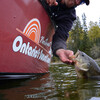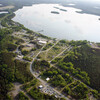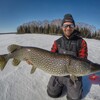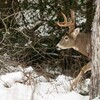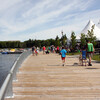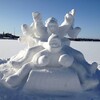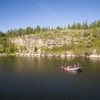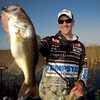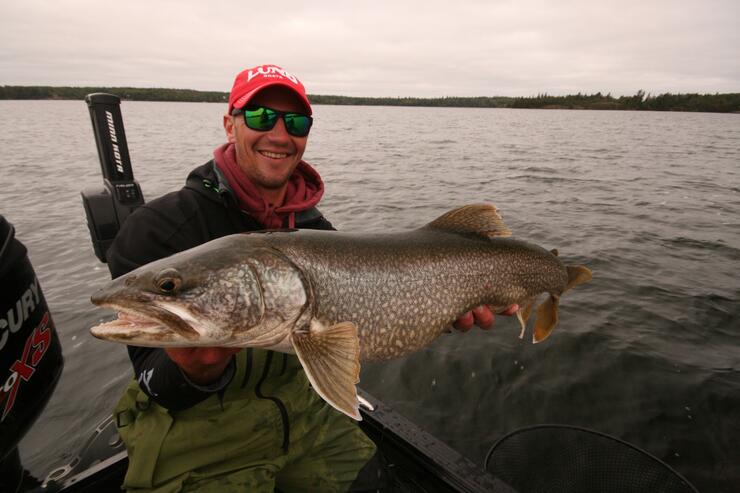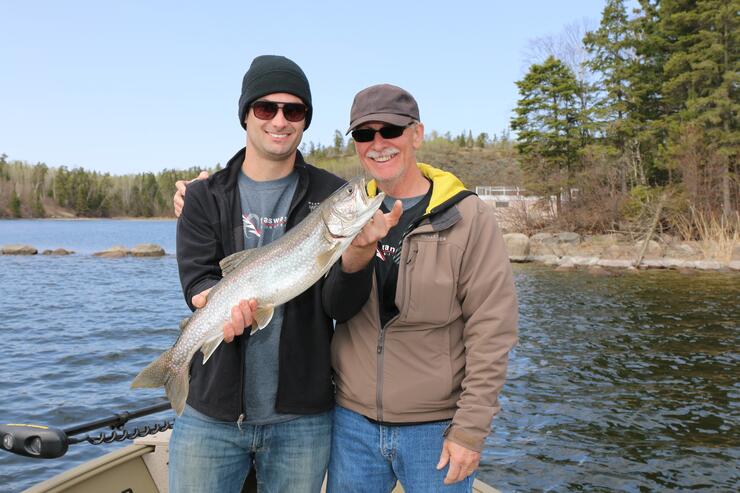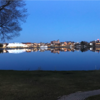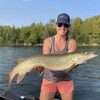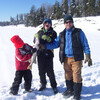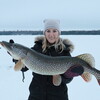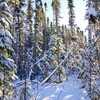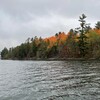Ice-out Lake Trout Fishing
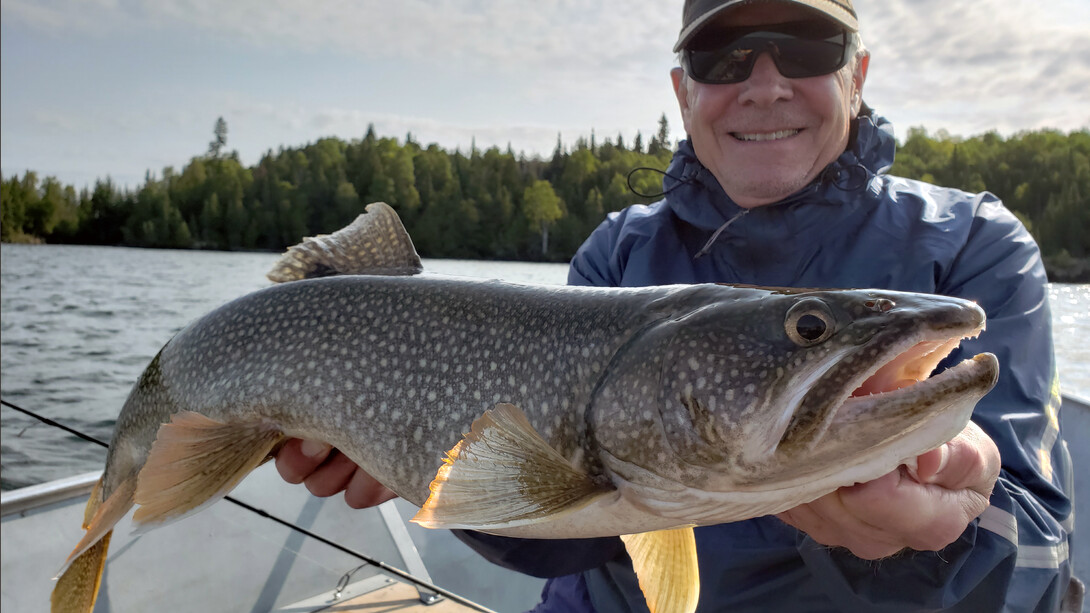
Early Season Ice-Out lakers
When anglers think about fishing in Northwest Ontario’s Sunset Country Region, the mind can really wander. Thousands of lakes and rivers exist for anglers to wet a line and top-notch fishing opportunities abound around every corner for a variety of species.
Throughout the year, there are always multiple fishing seasons open for anglers to chase different species of fish. While the walleye season closes for about a month in the spring while they go through the spawning process, the lake trout season is wide open and there is no better time during the entire year to chase these scrappy predators.
A cold-water fish by nature, lake trout prefer when temperatures are below 55 degrees. They are active early in the season and seem to eat as much as they can before heading for deep, cool water for the summer.
From the Nipigon area west to the Manitoba border, deep, clear lake trout waters are easy to find. While some of the smaller, inland lakes may not offer the best opportunity for big fish, the numbers of fish and scenery are seldom an issue.
If trophy fish interest you more than numbers, focus your efforts on the larger lakes across the region, places like Lake Nipigon, Lake of the Woods, or the Clearwater Chain. Fly-in opportunities to remote places like Trout Lake, east of Red Lake, increase the odds even further at catching that fish of a lifetime. The Atikokan area has been a hotspot in recent years for monster-sized lake trout as well.
When it comes to finding and catching trout in the spring, the first thing to keep in mind is you do not need to fish deep. Lakers take advantage of the cool water temperatures and stay on the lookout for food. Places like wind-blown rocky shorelines and points where schools of baitfish might get pushed up shallow are great places to start your search.
Covering water by trolling is always my favourite method, especially on a new lake because it allows us to move relatively quickly and try some shoreline, move by a few points or reefs, and maybe even onto some shallow mudflats. We can try fishing different types of structures and when we make contact with a fish or two on something specific that we can focus our efforts on that something for the rest of the day.
Trolling with spoons or medium-sized crankbaits has always worked well for me and I usually keep my efforts focused on the 15-30 foot of water range. Once you make contact with a few fish, casting and jigging on specific spots can produce big numbers. I like to use a 3/8 ounce jig tipped with a four- or five-inch soft plastic minnow; any white or natural colour is good.
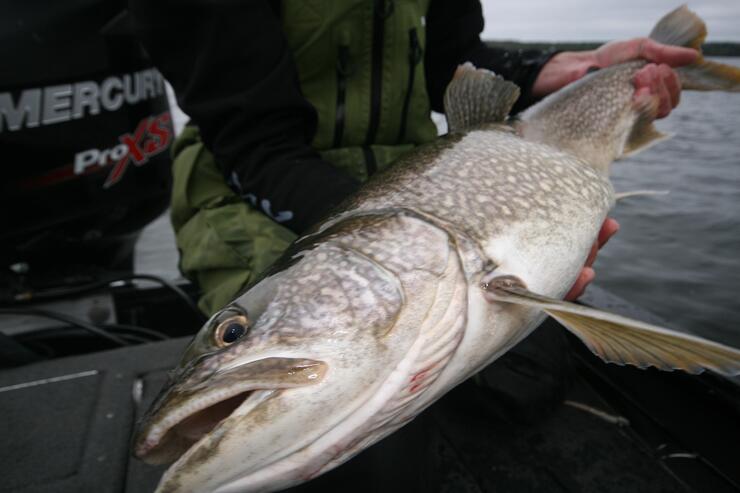
Another tactic that has put a lot of early-season trout on the BBQ is the technique of “beer-can” fishing. This involves fishing from shore, where the angler puts cisco or a chunk of sucker belly meat on a hook, casts it out, and lets it sit on the bottom. Trout will find these baits as they patrol and pick them off the bottom. We’ll leave our rods in “free-spool” mode with the button pushed down or the bail open, then wrap the line around a bottle or pop can a couple of times. When a fish picks up the bait and starts to swim off, the bottle gets knocked over and acts as a strike indicator.
It should be noted that with this technique, sometimes the bait and hook are swallowed quickly, so if you are planning to catch and release fish, you may want to use barbless hooks or try a different method altogether. The newer style circle hooks help with not hooking fish deep as well when using a technique like this. Anglers should also keep in mind that some waters have specific lake trout regulations that ban the use of barbs or the use of live or dead bait.
Great lake trout options exist across Sunset Country and spring is the prime time to catch them so if you’re interested in catching a fish that is great to eat and super scrappy, you’ve found it here.
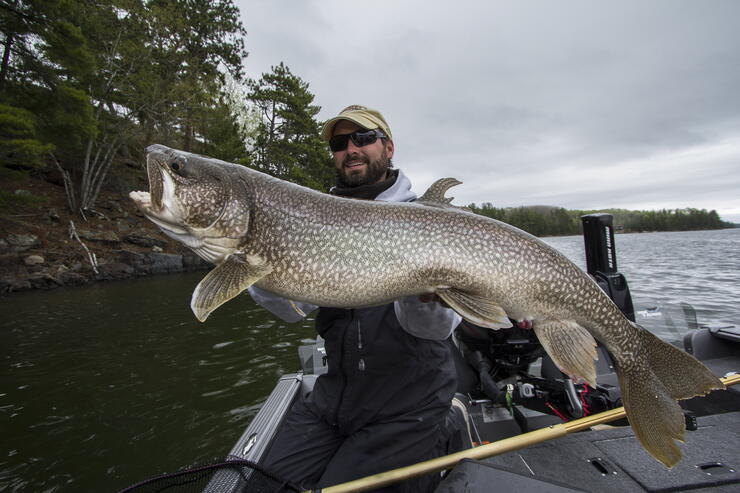
Recommended Articles

Is the 1,400 Kilometre Drive to Northwest Ontario For a Fishing Trip Worth it?
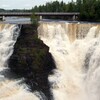
8 must-see waterfalls

6 Ways to Get Your 10,000 Steps This Fall

Top 5 Reasons You Should Be Fishing in Morson, Ontario

Discover The Winnipeg River

Enjoy Sunset Country's Fall Colours on Your Next Road Trip

Fishing in the Fall?

6 Reasons to Book a Fall Vacation to Sunset Country

10 Reasons to Avoid Ontario’s Sunset Country

Heading Across Canada?

A Guide to Sunset Country Museums
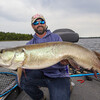
The Promised Land: Best Muskie Fishing in Ontario

Fall Fishing Tips
5 Essential Boreal Experiences in Ontario's Sunset Country

5 Obscure Facts About Northwestern Ontario: Were You Aware of These?
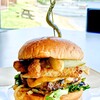
Great Food in Relatively Unknown Places
Outdoor Medicine

A Guide to Bringing Your Pets on Vacation to Canada

There's more than just fishing in the Red Lake Region

5 Amazing Sights You Can Only See By Boat

Going Fishing in Canada?

Going fishing in Ontario?

Outdoor Adventure in Ontario's Northern Paradise
Planning A Family Fishing Trip to Canada

Tips from a Fishing Legend

